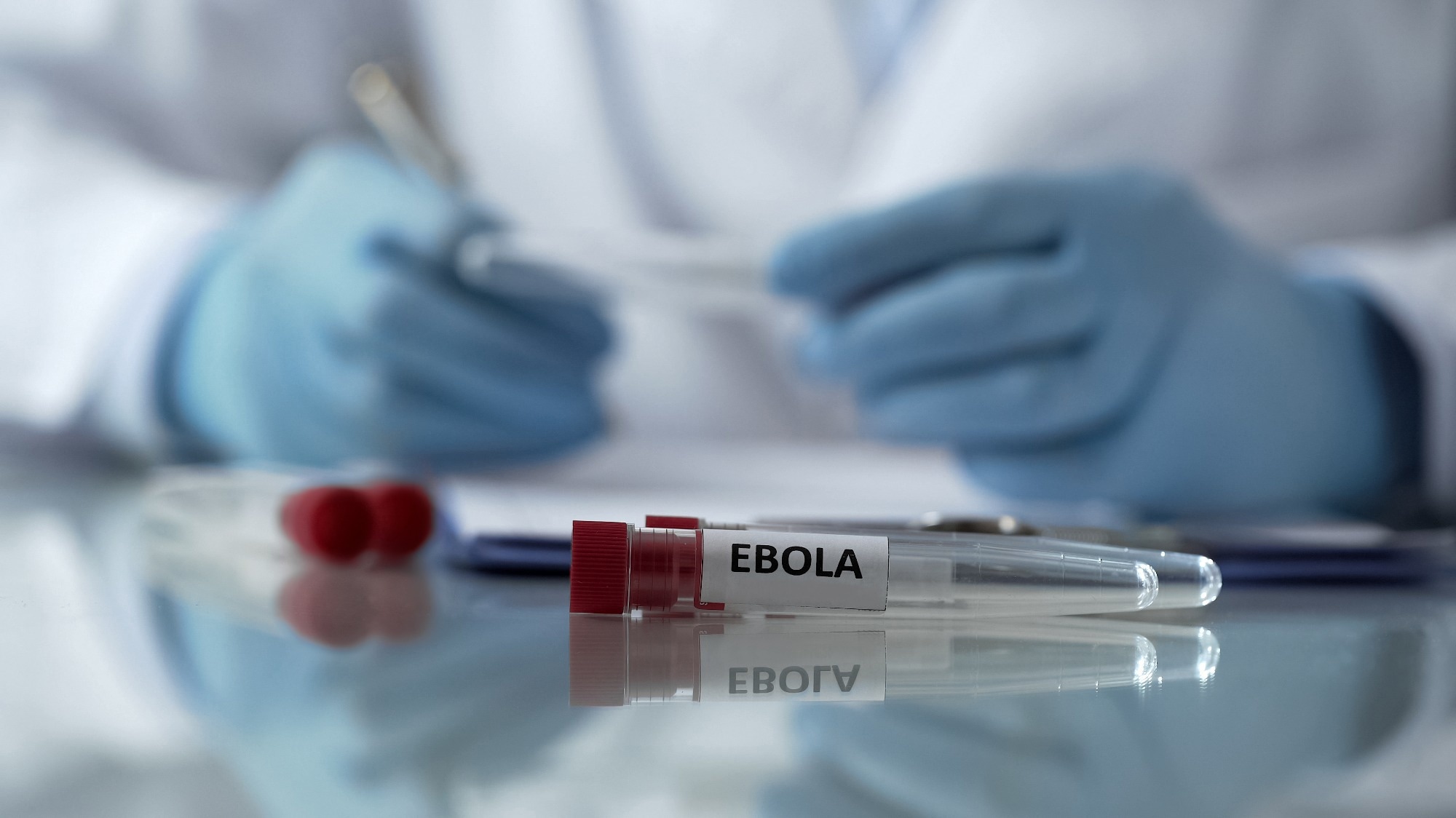They found that higher Ebola incidence caused lower vaccination rates for Bacillus Calmette-Guerin (BCG), diphtheria pertussis tetanus (DPT), measles, and polio in the region.
 Study: Higher local Ebola incidence causes lower child vaccination rates. Image Credit: Motortion Films/Shutterstock.com
Study: Higher local Ebola incidence causes lower child vaccination rates. Image Credit: Motortion Films/Shutterstock.com
Background
Mitigating an epidemic requires a local healthcare system of high capacity, which in turn may be negatively impacted by the intensity of the epidemic itself.
The collateral consequences of the Ebola outbreak in the period 2014–2016 in West Africa had profound impacts on local healthcare systems.
Severe reductions in healthcare service utilization occurred in Guinea, Liberia, and Sierra Leone during the epidemic.
Concerns arose about deteriorating health outcomes due to various factors, including economic contraction, Ebola-related healthcare professional fatalities, decreased trust in healthcare, and compromised perinatal care.
Child health, particularly vaccination against infectious diseases, suffered as evidence suggested lower vaccination rates in specific locations. Further, projected consequences of reduced measles vaccination rates included a potential increase in measles incidence, causing additional deaths.
The decline in vaccination rates following epidemics is speculated to be a consequence of nationwide and local effects.
A previous study on local variation in vaccination rates in Sierra Leone during the Ebola epidemic was limited by a small sample size and found no significant association between vaccination rates and Ebola incidence.
The present study aimed to assess the impact of varying Ebola epidemic intensity on within-country vaccination rates, investigating whether parents in high-incidence areas are less prone to vaccinate their children, potentially due to decreased willingness or compromised local capacity.
About the study
The study used data from the United States Agency for International Development Demographic Health Surveys rounds IV to VII for Guinea, Liberia, and Sierra Leone, covering 1999–2019.
The surveys focused on children aged 13–35 months, assessing their vaccination status (BCG, DPT, measles, and polio) and examining the impact of the Ebola epidemic on parental vaccination decisions.
The sampling design involved enumeration areas with stratification. A weighting system ensures appropriate representation of the maternal population in each country. 9,000 children in Guinea, 6,542 in Liberia, and 9,255 in Sierra Leone were included.
The study employed a "difference-in-differences" model to compare vaccination rates before and after the Ebola epidemic in districts with high and low incidences in Guinea, Liberia, and Sierra Leone.
The definition of high incidence varied among countries, with alternative thresholds ensuring robustness. District-specific incidence data were derived from a previous study based on World Health Organization sources.
The “difference-in-differences” model accommodated systematic variations in mean child characteristics between high- and low-incidence districts, considering these characteristics may correlate with vaccination rates.
It considered the probability of full vaccination (receiving nine vaccines) and the number of vaccinations received.
The model also accounted for observed child and household characteristics, estimating the average effect of living in an Ebola-affected district after the epidemic on vaccination outcomes while considering potential non-uniform effects across districts. Confidence intervals were constructed based on standard errors.
Results and discussion
The data showed variations in the level of and change in overall vaccination rates across Guinea, Liberia, and Sierra Leone. While the vaccination rates decreased in Guinea during the period, those in Liberia and Sierra Leone increased over time.
In Guinea, residing in a high-Ebola-incidence district was associated with an average 13% reduction in the probability of full vaccination and a statistically significant 14% decrease in the vaccination fraction when using a 25 per 100 K threshold. These effects are noteworthy given the nationwide post-Ebola mean of 4.7 vaccinations per child.
In Sierra Leone, residing in a high-Ebola-incidence district was associated with a statistically significant average 11% reduction in the probability of full vaccination and approximately 8% decrease in the vaccination fraction. The estimated effects in Liberia were found to be negative but close to zero.
However, there’s a lack of a clearer understanding of the extent of the relation of the causal factors described in the study to vaccine supply- and demand-sides.
Further, covariates in the model may not comprehensively encompass all incidental factors (such as the region's transportation infrastructure) linked to both Ebola incidence and vaccination rates. Obtaining additional information on such factors could potentially enhance the model's reliability.
Conclusion
Given the persistent threat of future epidemics across the globe, it is crucial to improve our understanding of how healthcare system capacity affects and is affected by epidemic intensity and high disease prevalence.
The findings of this study contribute valuable insights for public health interventions and policy planning, aiming to address the effects of epidemics on essential healthcare services, especially vaccination programs critical for child health.